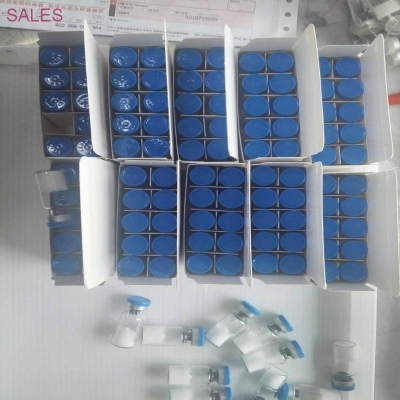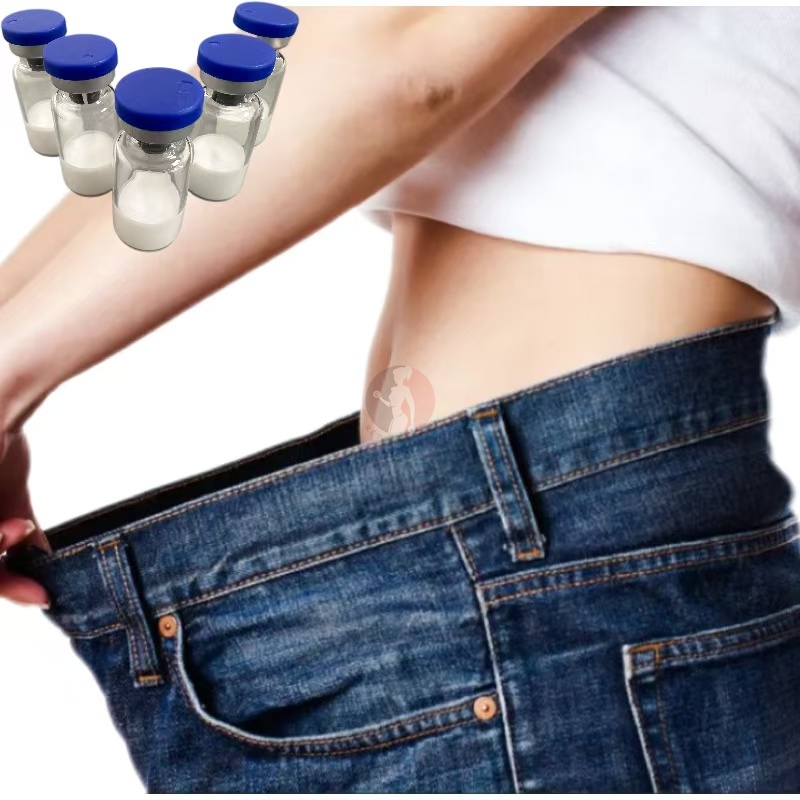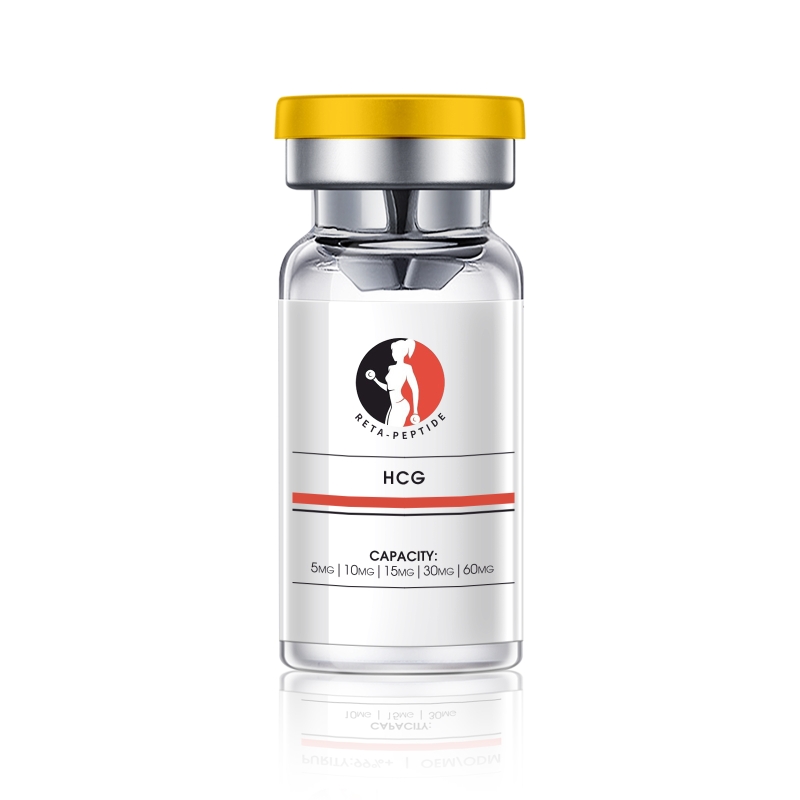-
Categories
-
Pharmaceutical Intermediates
-
Active Pharmaceutical Ingredients
-
Food Additives
- Industrial Coatings
- Agrochemicals
- Dyes and Pigments
- Surfactant
- Flavors and Fragrances
- Chemical Reagents
- Catalyst and Auxiliary
- Natural Products
- Inorganic Chemistry
-
Organic Chemistry
-
Biochemical Engineering
- Analytical Chemistry
-
Cosmetic Ingredient
- Water Treatment Chemical
-
Pharmaceutical Intermediates
Promotion
ECHEMI Mall
Wholesale
Weekly Price
Exhibition
News
-
Trade Service
How is cocamidopropyl betaine different from lauryl propyl betaine? Cocamidopropyl betaine and lauryl propyl betaine, although they are both betaine, but there are still differences: Cocamidopropyl betaine is if it is done from coconut oil, then there is a by-product glycerin, if it is started with cocoic acid, there is no by-product glycerin, from the synthesis, coconut oil (or cocoic acid) and dimethylpropylene diamine are required to first synthesize intermediates, in the synthesis of betaine
with C2H3O2Cl 。 Coconut oil and cocoic acid, also saturated or not (that is, hardening, the unsaturated bond is hydrogenated into a saturated compound), from the carbon chain distribution, containing C8, C10, C14, C16 and C18 and other fatty acids, of which C12, C14 is the mainstay
.
This type of betaine, commonly known on the market as CAB lauryl propyl betaine is a synthetic betaine synthesized directly from dodecyldimethyl tertiary amine with C2H3O2Cl, commonly known as BS-12 on the market; And in terms of carbon chain distribution, although it is lauryl propyl betaine, it is actually a mixture
of dodecyl.
In addition to the above differences, there are differences in the irritation of the skin between the two, and there are also differences
when applied.







